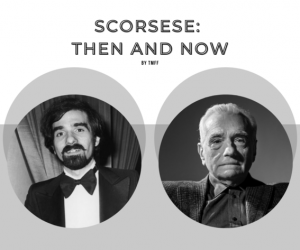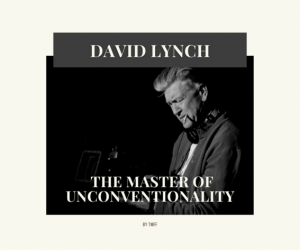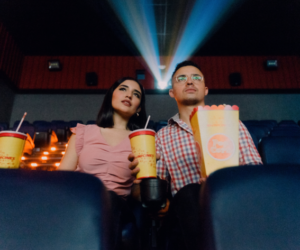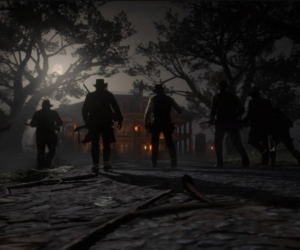Movies are definitely art. We get invested, immersed, and lost in the cinematic world, eagerly awaiting what comes next. However, there’s a growing trend in the film industry that might be pushing our love for storytelling to its limits: films that clock in at over three hours. While epic tales and sprawling narratives have their place, there’s a line between a captivating journey and an overstayed welcome. Just before the pandemic, I remember all the memes poking fun at “The Irishman“‘s runtime of 3 hours and a half. Now another Scorsese film, “Killers of the Flower Moon“, has reminded me of this kind of occurence – so, let’s delve into the allure and challenges of films that stretch our attention span.
The Allure of the Epic
Before we dissect the issue, let’s acknowledge the allure of epic films. From “Gone with the Wind” to “Lawrence of Arabia“, filmmakers have proven time and again that a lengthy runtime doesn’t necessarily equate to boredom. Epic films allow for intricate storytelling, deep character development, and the exploration of complex themes. They invite audiences to immerse themselves fully in a world, creating an experience that transcends the boundaries of ordinary life.
The Challenge of Pacing
The problem arises when the allure of the epic clashes with the challenge of pacing. Keeping an audience engaged for over three hours is no small feat. Filmmakers must carefully navigate the ebb and flow of the narrative to prevent the dreaded feeling of dragging. Pacing issues can turn a promising cinematic experience into a marathon, with viewers checking their watches and wondering if the film will ever wrap up.
Take “The Irishman” (2019), for instance. Directed by the legendary Martin Scorsese and boasting a star-studded cast including Robert De Niro, Al Pacino, and Joe Pesci, the film runs at a whopping 3 hours and 29 minutes. While Scorsese is known for his masterful storytelling, some viewers found “The Irishman” to be a test of endurance. The film’s deliberate pacing and extended runtime posed challenges for those accustomed to more briskly paced narratives.
The Attention Span Conundrum
In an age of quick-scrolling social media and bite-sized content, attention spans are often likened to that of goldfish. While this may be an exaggeration, there’s a grain of truth to the idea that modern audiences might struggle to maintain focus on a single narrative for an extended period. Films that breach the three-hour mark risk losing viewers to distraction or, worse, inducing the dreaded phenomenon of “movie fatigue.”
The attention span conundrum becomes particularly evident when considering films like Christopher Nolan’s “Interstellar” (2014). Clocking in at 2 hours and 49 minutes, the film garnered praise for its visuals and ambitious narrative but left some audience members feeling mentally exhausted. The complex scientific concepts and intricate plot threads demanded sustained attention, leading to divided opinions on whether the film’s length was justified or excessive.
The Comfort of Home vs. The Cinematic Odyssey
Another layer to the problem lies in the changing landscape of film consumption. With the rise of streaming platforms and the comfort of home viewing, audiences have the luxury of pausing, taking breaks, or even splitting a lengthy film into multiple sittings. While this flexibility accommodates longer runtimes, it also disrupts the immersive experience intended by filmmakers.
“The Hateful Eight” (2015), directed by Quentin Tarantino, is a prime example. Originally released as an extended roadshow version with an intermission, the film runs at around three hours. Tarantino designed the film with a specific structure in mind, including an overture and an intermission to enhance the cinematic experience. However, when viewed at home without these built-in breaks, some viewers might find the film’s pacing less forgiving, impacting their overall enjoyment.
The Case for Trimming the Fat
It’s not about dismissing epic storytelling or devaluing the craft of filmmakers who aim for grand narratives. Instead, it’s about making a case for trimming the fat—acknowledging that sometimes, less is more. A film’s length should serve the story, not overshadow it. Pacing should be a dynamic force that propels the narrative forward, ensuring engagement rather than testing endurance.
Peter Jackson’s “The Lord of the Rings” trilogy (2001-2003) is a remarkable example of balancing epic storytelling with effective pacing. Each film runs around three hours, yet the intricate world-building, character arcs, and breathtaking action sequences captivate audiences without inducing fatigue. Jackson carefully trims unnecessary elements while preserving the essence of J.R.R. Tolkien’s epic tale.
Conclusion
In the realm of cinema, length should be a tool, not a hindrance. The problem with films over three hours lies in their potential to overstay their welcome, testing the limits of attention spans and challenging the patience of audiences. While some filmmakers masterfully navigate the epic journey without losing their audience, others find themselves in a quagmire of pacing issues.
As viewers, it’s essential to appreciate the artistry and dedication that go into crafting lengthy narratives. Still, it’s equally important to recognize that time is a precious commodity, and a film’s length should enhance, not detract from, the overall experience. So, the next time you embark on a cinematic odyssey, consider whether the journey is a captivating exploration or a test of endurance. After all, great stories are about quality, not just quantity.
















